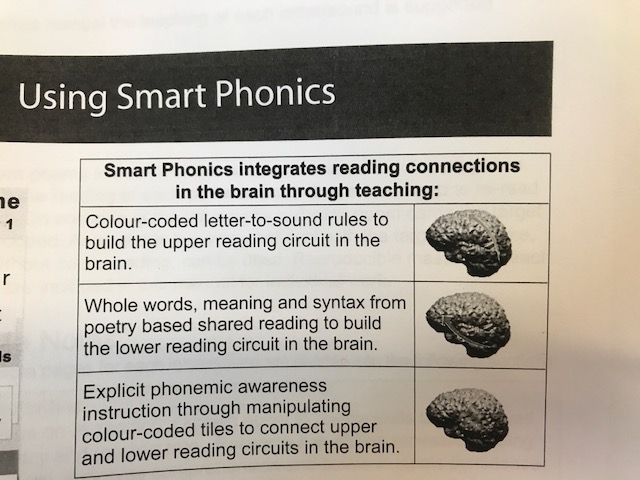Reading Group's Learners 6Year Net Data

This table summarises the 6Year Net data. N/A learners have not turned 6 yet. 2016 indicates learners turned 6 last year. The Red (names been deleted) are learners who are below National Standards in Reading. Of these 17 learners, 7 are boys. Below pie chart shows a snapshot of the data and their stanines and totals ( 3 – 4 struggling, 4- 6 average, 7-9 achieved).

















